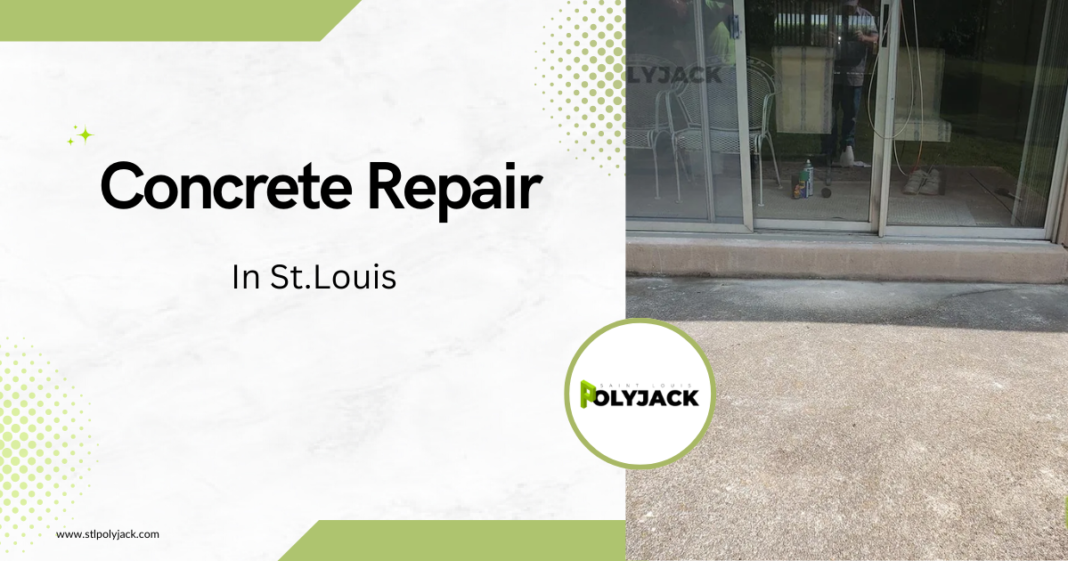As winter approaches, the harsh weather conditions can take a toll on your concrete surfaces. Snow, ice, and freezing temperatures can lead to cracking, spalling, and other forms of damage. To ensure your concrete remains safe and strong throughout the winter months, it’s essential to take proactive measures for repair and maintenance. Here are some valuable tips to help you protect your concrete surfaces from winter damage.
1. Assess the Current Condition of Your Concrete
Before winter sets in, inspect your concrete surfaces for any existing damage. Look for cracks, chips, or spalling that may have occurred during the previous seasons. Not only will this assessment help you identify areas that need repair, but it will also allow you to plan ahead and schedule necessary repairs before the cold weather exacerbates the damage. If you find significant issues or are unsure about the extent of the damage, consider consulting with Concrete Repair Experts in St. Louis for a professional assessment.
2. Clean the Surface
A clean surface is vital for effective repair. Remove any debris, dirt, and leaves from your concrete areas. For driveways and patios, use a pressure washer to eliminate grime, oil stains, and other contaminants. Cleaning not only prepares the surface for repairs but also helps prevent slip hazards in icy conditions. After cleaning, allow the surface to dry completely before proceeding with any repair work.
3. Fill Cracks and Holes
Once your concrete surfaces are clean and dry, it’s time to address any cracks or holes. For small cracks, you can use a concrete filler or caulk specifically designed for outdoor use. These products are formulated to withstand freezing temperatures and can provide a waterproof seal. For larger cracks or holes, consider using a concrete patching compound. Ensure that the repair material is compatible with your existing concrete and follow the manufacturer’s instructions for application.
4. Use a High-Quality Concrete Sealant
Applying a high-quality sealant to your concrete surfaces can provide an additional layer of protection against winter weather. Sealants create a barrier that prevents water from seeping into the concrete, reducing the risk of freeze-thaw damage. Look for sealants specifically designed for winter use and ensure they are suitable for the type of concrete you have. Apply the sealant according to the manufacturer’s instructions, and allow adequate drying time before exposing the surface to moisture.
5. Protect Your Concrete from De-Icing Agents
While de-icing agents can be effective for keeping surfaces safe from ice, they can also cause significant damage to concrete if not used properly. Many common de-icing products contain chemicals that can lead to spalling and deterioration of the concrete over time. If possible, consider using alternative methods for ice removal, such as sand or gravel. If you must use a de-icer, choose a product that is labeled as safe for concrete and apply it sparingly.
6. Shovel Snow Regularly
Heavy snowfall can place a significant burden on your concrete surfaces. Regularly shovel snow from driveways, sidewalks, and patios to prevent excessive weight and pressure on the concrete. When shoveling, use a plastic shovel to minimize the risk of scratching or damaging the surface. Avoid using metal shovels, as they can create gouges and lead to further damage.
7. Monitor Temperature and Weather Conditions
Winter weather can be unpredictable, so it’s essential to keep an eye on temperature and weather forecasts. If you plan to perform any repair work, ensure the temperature is above freezing for at least 24 hours before and after applying concrete products. Cold temperatures can impede the curing process, leading to weak or ineffective repairs. Additionally, avoid working on concrete during wet or icy conditions, as this can compromise the integrity of your repairs.
8. Schedule Professional Inspections and Repairs
If your concrete surfaces have sustained significant damage, or if you’re unsure about how to proceed with repairs, it’s wise to consult with experts. Professionals can assess the condition of your concrete, recommend appropriate repair methods, and ensure that the work is done correctly. Investing in professional services can save you time and money in the long run by preventing further damage and prolonging the lifespan of your concrete surfaces.
9. Plan for Spring Maintenance
While winter may pose immediate challenges, it’s essential to plan for ongoing maintenance in the spring. Once the snow has melted and temperatures rise, revisit your concrete surfaces to assess any new damage that may have occurred during winter. Addressing issues promptly in the spring can help prevent further deterioration and maintain the appearance and functionality of your concrete.
Conclusion
Winter can be tough on concrete surfaces, but with proper preparation and maintenance, you can keep your driveways, sidewalks, and patios safe and strong throughout the season. From assessing current conditions to scheduling professional repairs, taking proactive steps can protect your concrete investment. By following these winter concrete repair tips, you can ensure that your surfaces remain in excellent condition, ready to withstand whatever winter throws your way. Don’t hesitate to reach out to Concrete Repair Experts in St. Louis for assistance with your winter concrete repair needs.







